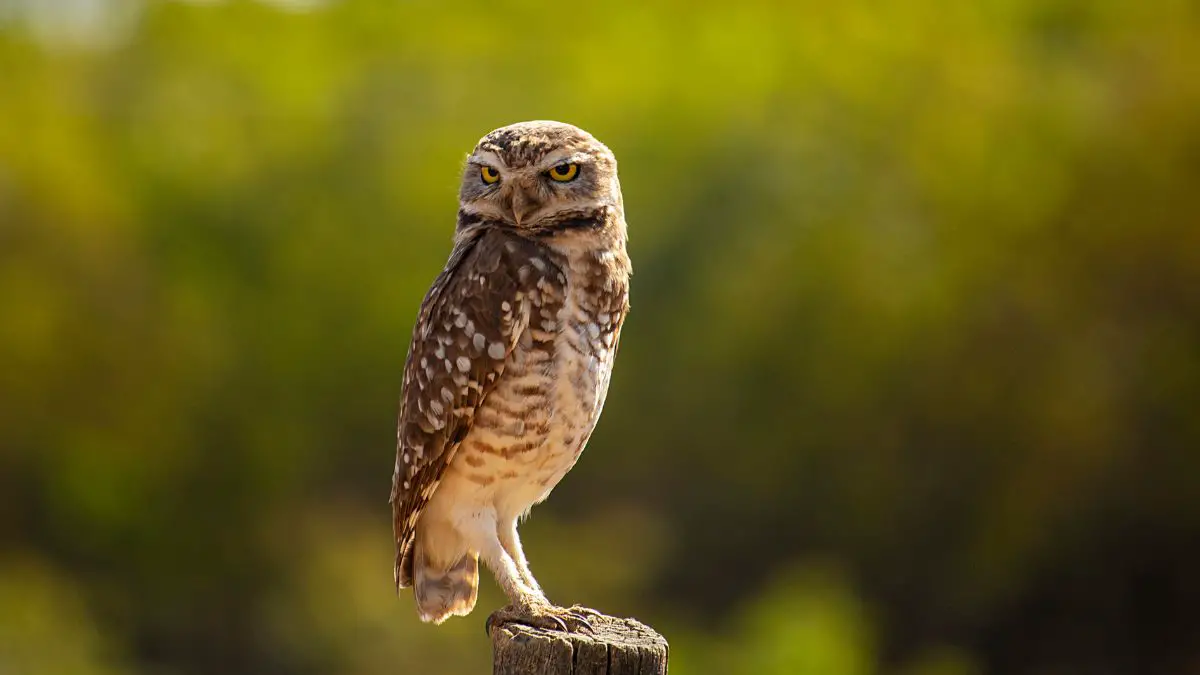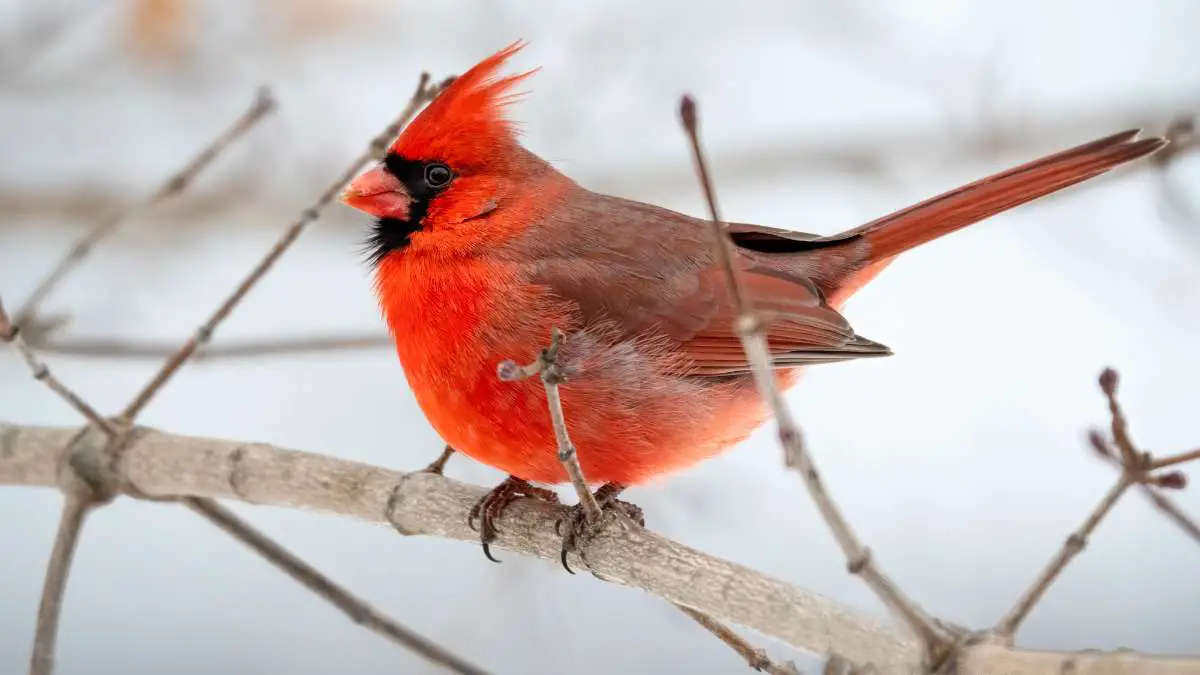Pelicans, with their distinctive appearance and remarkable aerial displays, have captured the fascination of nature enthusiasts and casual observers alike.
From their graceful glides over water to their remarkable fishing techniques, these magnificent birds have earned a reputation for their unique behavior.
However, in the realm of wildlife interactions, misconceptions often arise, and questions surrounding their temperament towards humans have led to the query: Are pelicans aggressive?
Pelicans are not generally considered aggressive towards humans. They are known for their distinctive appearance and behavior, often seen gliding gracefully over water before diving to catch fish.
While they can appear large and have a somewhat imposing presence due to their size, their interactions with humans are typically non-aggressive.
But, keep in mind that they are not friendly either. They can be aggressive at times due to several reasons. To get a complete understanding, let’s explore the topic further.
Understanding Pelican Behavior and Traits
Characteristics of Pelicans
Pelicans, those majestic and fascinating birds, possess distinctive characters that set them apart from other birds. With their large bodies and elongated bills, they stand out among avian creatures.
These physical attributes are tailored to their aquatic lifestyle, aiding them in their remarkable hunting techniques.
Found across various continents, pelicans have adapted to a wide range of wetland habitats, from coastal shores to inland lakes, showcasing their remarkable distribution and adaptability.
Social Behavior of Pelicans
While pelicans may appear solitary at first glance, they are actually quite social creatures.
They often form colonies, gathering in sizable groups for breeding and nesting purposes. This colony structure provides them safety in numbers, deterring potential predators.
Within these colonies, pelicans communicate using an array of vocalizations, beak gestures, and body movements. These interactions serve to establish hierarchy, convey warnings, and coordinate group activities, such as synchronized fishing efforts.
Understanding these social behaviors sheds light on the intricate dynamics of these magnificent birds.

Instances of Aggressive Behavior in Pelicans
Competition for Resources
Despite their graceful appearance, pelicans can exhibit instances of aggressive behavior, often linked to their competition for vital resources.
Feeding habits and territoriality play a significant role in this. When hunting for fish, pelicans might engage in competitive behaviors to secure their meals, occasionally leading to confrontations.
Their communal feeding tendencies sometimes give rise to disputes within the group as individuals strive to claim the best spots for successful fishing.
Aggression during Hunting
Pelicans’ feeding strategy involves cooperative hunting, but this doesn’t entirely eliminate aggressive interactions.
While diving in unison to corral fish, individuals might jostle or peck at one another to maximize their catch. This competition highlights the intense drive to secure sustenance in the wild.
Intra-Species Interactions
The breeding season amplifies aggressive tendencies among pelicans. As they vie for nesting sites, disputes can escalate, resulting in aggressive encounters.
These clashes are not only about securing a mate or suitable breeding spot but also about establishing dominance within the colony.
Therefore aggressive behavior can be seen more often during the breeding seasons.
Aggressive Displays Among Pelican Populations
Within pelican populations, aggressive displays are common during various social interactions.
Threat displays, involving bill-snapping and wing-flapping, are employed to establish dominance or ward off potential rivals.
Such displays often serve to prevent physical confrontations, reducing the risk of injuries.
Factors Influencing Pelican Aggression
Environmental Conditions
While pelicans exude an air of serenity, various factors can trigger episodes of aggression among them.
The environment they inhabit plays a pivotal role. Changes in their natural habitat can lead to heightened tensions. Alterations in nesting areas or disruptions to familiar roosting sites can instigate aggressive behaviors among pelicans.
Furthermore, the availability of food sources is a crucial determinant. Scarcity of fish due to overfishing or environmental shifts can intensify competition and provoke aggressive encounters as pelicans strive to secure sustenance.
Human Interactions
Human presence can significantly impact pelican behavior, sometimes leading to aggression. Unintentional disturbances caused by human activities can disrupt the peaceful routines of pelican colonies.
Approaching nesting sites, sudden movements, or loud noises can trigger defensive responses.
Feeding pelicans, while seemingly harmless, can have unintended consequences.
When pelicans become reliant on human-provided food, it can alter their natural foraging behaviors, potentially leading to conflicts over these resources.
So, it’s better not to feed them.
Are pelicans aggressive to humans?
Pelicans are generally not aggressive towards humans. They are more likely to exhibit defensive behaviors when they feel threatened, especially during their nesting seasons.
Approaching pelicans calmly and maintaining a respectful distance can help avoid any potential conflicts.
It’s important to remember that their behaviors are often driven by survival instincts and protecting their nests and young.
Overall, with responsible interaction and understanding, coexisting peacefully with pelicans is achievable.
What to do if a pelican tries to attack us?
If a pelican appears to be exhibiting aggressive behavior towards you, it’s important to take the following steps to ensure your safety and the well-being of the bird:
- Remain Calm: Avoid panicking or making sudden movements. Pelicans might react to perceived threats, so staying calm can help prevent escalating the situation.
- Slowly Back Away: If a pelican seems to be approaching you in an aggressive manner, slowly and calmly start backing away. Give the bird space to reduce the perception of a threat.
- Avoid Eye Contact: In the animal kingdom, direct eye contact can sometimes be interpreted as a challenge. Try to avoid locking eyes with the pelican, as this might further agitate it.
- Do Not Feed: Avoid offering any food to the pelican, as this could encourage it to approach you more aggressively in search of food.
- Use an Object as a Barrier: If the pelican continues to approach, you can gently use an object like a backpack or a piece of clothing to create a barrier between you and the bird.
- Seek Higher Ground: If you’re near water and a pelican seems to be acting aggressively, moving to higher ground can often discourage it from pursuing you.
- Contact Local Authorities: If you encounter an unusually persistent or aggressive pelican, it’s a good idea to contact local wildlife authorities or animal control for guidance. They can assess the situation and provide appropriate advice.
Remember that pelicans, like many animals, are generally not naturally inclined to attack humans.
They might act defensively if they perceive a threat, such as during nesting or if they feel cornered.
By remaining calm, keeping your distance, and respecting their space, you can help avoid confrontations with pelicans or other wildlife.
What scares away pelicans?
Several factors and actions can potentially scare away pelicans:
- Loud Noises: Sudden loud noises, such as shouting, clapping, or banging objects, can startle pelicans and make them uncomfortable. However, it’s important to note that excessive noise can also cause stress to wildlife and disrupt their natural behaviors.
- Bright Lights: Intense and unexpected flashes of light can frighten pelicans, as their eyes are sensitive to changes in lighting conditions.
- Predator Decoys: Some areas use predator decoys like fake birds of prey to deter pelicans from gathering in certain places.
- Movement: Sudden and unexpected movements can startle pelicans. This includes running towards them, waving arms vigorously, or making aggressive gestures.
- Water Spraying: Using a gentle water spray or mist can deter pelicans from an area, as they dislike getting wet unexpectedly.
- Objects in Motion: Kites, flags, or wind-driven objects that move in the wind can create a sense of unpredictability, making pelicans uncomfortable.
- Human Presence: Sometimes, simply the presence of humans can disturb pelicans, causing them to fly away. This is especially true if the birds are not accustomed to human activity in the area.
- Unfamiliar Structures: Installing unfamiliar structures or objects in their usual roosting or nesting spots can make pelicans wary and encourage them to seek a different location.
It’s important to use these methods with care and consideration for the well-being of the pelicans and the environment.
Consistent disturbances can lead to stress and disrupt their natural behaviors.
If you’re trying to scare away pelicans due to safety concerns or property damage, it’s recommended to consult with local wildlife experts or authorities for guidance on appropriate and responsible methods.
Misconceptions and Reality
Public Perception of Pelican Aggression
Perceptions of pelican aggression often stem from media portrayals and anecdotes, painting a picture that might not reflect the full reality.
Stories of pelicans aggressively pursuing food scraps or occasionally squabbling for space on docks tend to dominate.
These isolated incidents can create an exaggerated image of their behavior, leading to misconceptions about pelicans being consistently aggressive.
Scientific Insights
Scientific studies provide a more nuanced understanding of pelican behavior. These studies dig into the balance between natural behaviors and aggression.
While pelicans might exhibit competitive actions during feeding or nesting, they are primarily driven by survival instincts rather than malicious intent.
Observing pelicans in their natural habitats reveals that their aggression is often linked to securing food, protecting territory, or asserting dominance within their social structure.
Coexistence and Conservation
Promoting Responsible Interaction
The question of pelican aggression leads us to consider harmonious coexistence with these marvelous birds.
To achieve this, responsible interaction is key. When encountering pelicans, adhering to guidelines can prevent unintended disturbances.
Approaching them calmly and maintaining a respectful distance ensures they don’t perceive humans as threats.
Being particularly cautious during their nesting seasons is vital, as any disturbance can disrupt their breeding efforts and lead to aggressive behaviors in defense of their young.
Conservation Efforts
As we seek to share our environment with pelicans, conservation efforts take center stage. Protecting their habitats is crucial.
Preserving the natural areas where pelicans nest, roost, and forage ensures their survival. These birds play an essential role in maintaining the balance of aquatic ecosystems, contributing to healthy fish populations.
Education and awareness campaigns also play a role. By imparting knowledge about pelican behavior and their significance, we can foster empathy and understanding, reducing instances of human-induced aggression and encouraging active conservation participation.
Conclusion
By exploring the complex behaviors of pelicans, it’s evident that their interactions and displays, often mistaken for aggression, are rooted in natural instincts and environmental influences.
While instances of aggression do occur, understanding their motivations and respecting their habitats can lead to harmonious coexistence between humans and these remarkable birds.
By approaching these magnificent birds with respect, especially during nesting seasons, we can foster a peaceful relationship.
Through dedicated conservation efforts, safeguarding their habitats and spreading awareness, we ensure that pelicans remain an integral part of our natural world.
Together, we can create a harmonious balance that benefits both pelicans and our shared environment.




